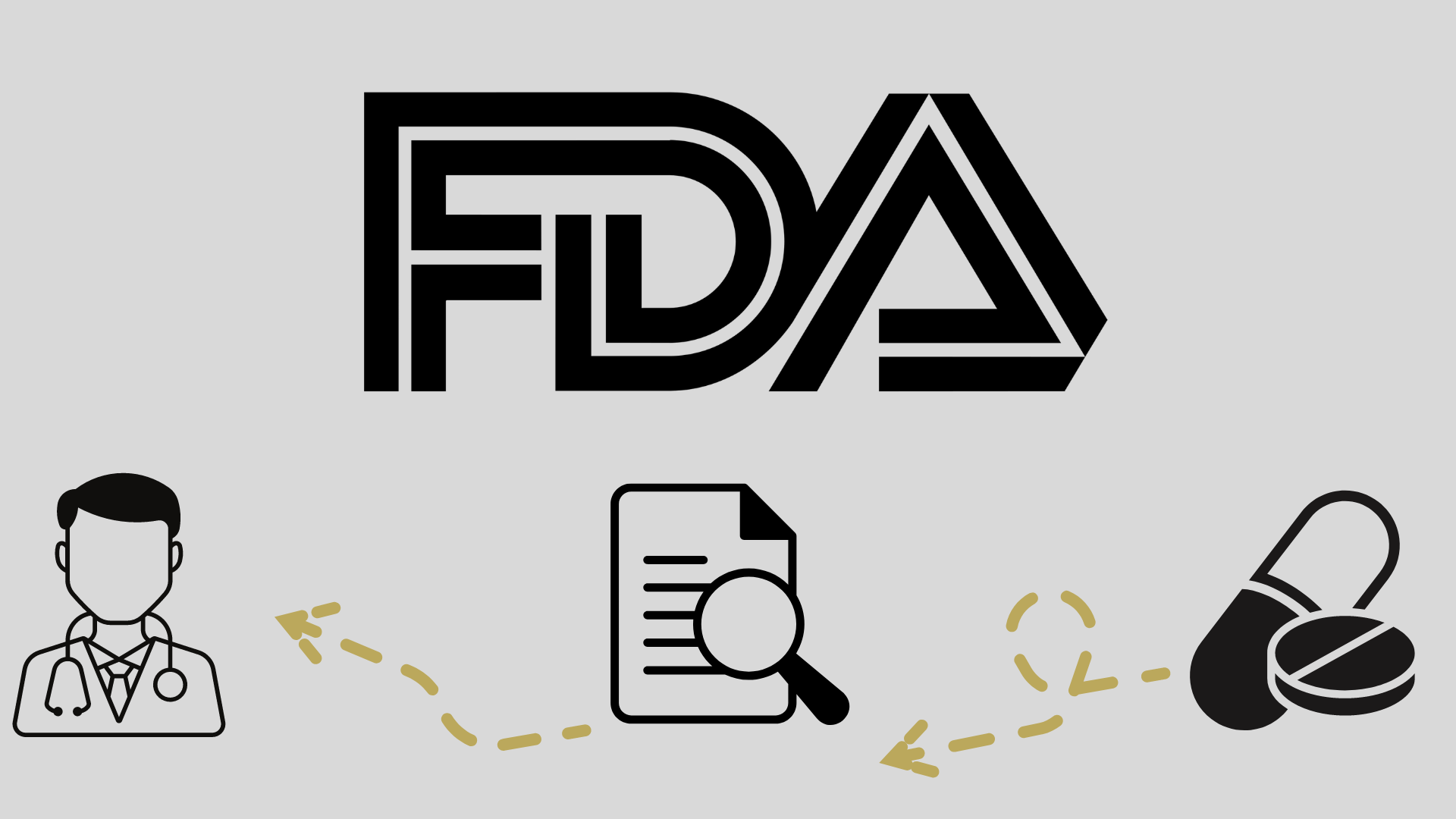
NXP800 Gains FDA Orphan Drug Status in ARID1a-Deficient Ovarian Cancers

NXP800 was granted orphan drug designation from the FDA in ARID1a-deficient ovarian, fallopian tube, and primary peritoneal cancers.
- The FDA granted NXP800 orphan drug designation (ODD) for the potential treatment of patients with ARID1a-deficient ovarian, fallopian tube, and primary peritoneal cancers.
- NXP800 is a novel GCN2 kinase activator.
- The agent is currently undergoing evaluation in a phase 1b clinical trial (NCT05226507).
NXP800, a novel GCN2 kinase activator, was granted orphan drug designation from the FDA in AT-rich interactive domain-containing protein 1a (ARID1a)-deficient ovarian, fallopian tube, and primary peritoneal cancers.1
The agent, which is an oral small molecule inhibitor, works by targeting the HSF1 pathway. In xenograft models, NXP800 has shown strong antitumor effects of ARID1a-mutated ovarian carcinoma and in other disease models.2
Previously, in December 2022, the FDA granted fast track designation to NXP800 for the potential treatment of patients with platinum-resistant, ARID1a-mutated ovarian carcinoma. Shortly after, in April 2023, a phase 1b clinical trial evaluating the agent NXP800 in platinum-resistant, ARID1a-mutated ovarian cancers began.3
“We are very pleased to have received this designation from the FDA for NXP800. The prevalence of ovarian cancer, which is comprised of ovarian, fallopian tube and primary peritoneal cancers, exceeds the 200,000-patient threshold below which drugs may be eligible to receive orphan drug designation in the United States,” said Ron Bentsur, MBA, chairman and chief executive officer of Nuvectis, in a press release.1
“In ovarian cancer it has been uncommon to receive this designation for the treatment of a subset of the disease. We therefore believe that this orphan drug designation granted by the FDA for NXP800 for the treatment of a subset of ovarian cancer, specifically for patients with an ARID1a deficiency, provides further validation for NXP800's mechanism of action and the target patient population in our ongoing phase 1b clinical trial in patients with platinum-resistant, ARID1a-mutated ovarian cancer,” Bentsur continued.
In the phase 1b trial, patients aged 18 years and older with platinum-resistant ovarian cancer harboring ARID1a mutations are being enrolled. Patients must have measurable disease according to RECIST 1.1 criteria, have experienced disease progression within 6 months from completion of platinum-based therapy, an ECOG performance status of 0 or 1, and are required to have received between 1 and 5 previous lines of systemic therapy, including at least 1 bevacizumab (Avastin)-containing regimen.4 If the patient has a BRCA mutation, they must have received prior treatment with a PARP inhibitor.
Phase 1a of the study is the first-in-human clinical trial of NXP800. As of April 2023, 18 patients have received at least 1 dose of NXP800. So far, the longest treatment duration has reached 10 months, and treatment remains ongoing for some participants. Here, 2 different dosing schedules were evaluated. The first was NXP800 given once daily with total daily doses ranging from 50 mg to 150 mg, and the second was twice daily, with total daily doses of 100 mg and 150 mg.5
In this portion of the study, the most common treatment-emergent adverse effects (AEs) observed included vomiting, nausea, diarrhea, fatigue, decreased appetite, and weight loss.
In phase 1b study, doses of 50 mg and 75 mg per day were evaluated. Preliminary population pharmacokinetics and pharmacodynamic analyses support this choice and indicate that once-daily oral administration of NXP800 at these levels achieved biologically active exposure while maintaining an acceptable safety and tolerability profile.
For part A, the number of patients with treatment-related AEs, clinical laboratory abnormalities, and dose-limiting toxicities serves as the primary end point. In part B, the primary end points are estimates of disease response by RECIST v 1.1 and the number of patients with treatment-related AEs, and/or clinical laboratory abnormalities.4
“We expect to provide a data update from this study this coming fall,” Bentsur concluded.1








































